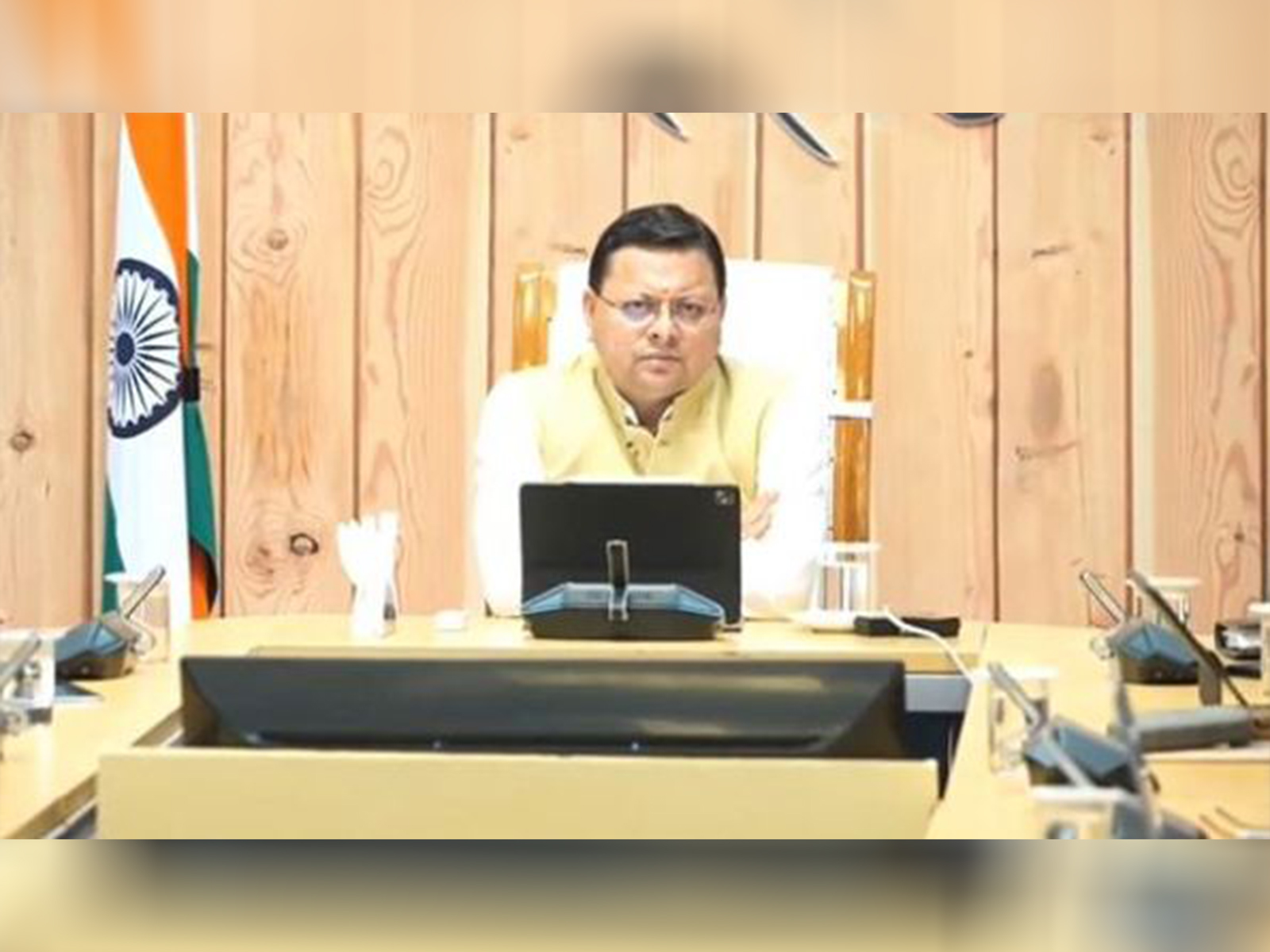Uttarakhand Boosts Infrastructure and Disaster Management Efforts
Uttarakhand's Chief Minister Pushkar Singh Dhami has sanctioned significant funds for infrastructure and disaster management improvements, including Rs 9.81 crore for a road construction project and Rs 4.56 crore for a tehsil office. A Rs 5 crore donation from Larsen & Toubro aids disaster recovery efforts.

- Country:
- India
In a strategic move to enhance infrastructure and disaster management systems, Uttarakhand Chief Minister Pushkar Singh Dhami has sanctioned a total of Rs 9.81 crore for the construction of a motor road from Doonikhal to Ratidhat in Betalghat block, Nainital. This funding comes as part of the State Plan, as detailed in an official release.
The Chief Minister has also approved the establishment of the State Disaster Response Force (SDRF) Battalion control room as a Command and Control center, promoting more effective communication during disaster situations. Furthermore, a fund of Rs 25 lakh has been earmarked for SDRF's modernization efforts, focusing on technological advancements.
In addition to state initiatives, a delegation from Larsen and Toubro (L&T) recently met with CM Dhami in New Delhi, contributing Rs five crore to the Chief Minister's Relief Fund. This financial aid is intended to facilitate relief and rehabilitation activities in areas impacted by recent natural disasters. CM Dhami expressed gratitude for this private-sector support, emphasizing its importance in speeding up relief and recovery processes for affected communities.
Uttarakhand, known for its susceptibility to natural disasters, has been taking assertive steps under CM Dhami's leadership to bolster disaster preparedness and response frameworks. Recent site visits to disaster-hit areas, such as the inspection in Chamoli district's Nandanagar area, highlight the government's active involvement in rescue operations and victim support.
The Chamoli cloudburst tragedy, which resulted in seven fatalities and several injuries, underscores the critical need for these proactive measures. Continued private and public collaboration is seen as crucial for enhancing resilience against future calamities.
(With inputs from agencies.)









